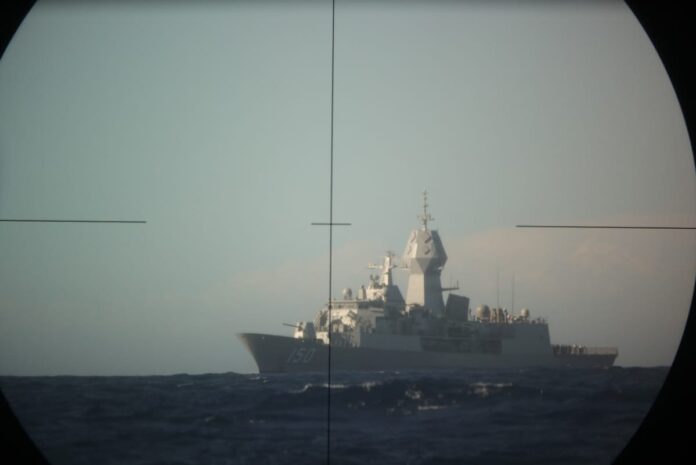By Peter Leavy*
As part of the original crew of HMAS ANZAC, I was sad to see the ship decommissionedlast month after almost 30 years’ service. The retirement of this warship inevitably sparked discussions about a potential “capability gap” in the Royal Australian Navy’s surface combatant fleet, especially in light of recommendations in the recent Defence Strategic Review to increase the lethality of the Australian Defence Force. But there is more to capability than the mere number of ships on the water. (The Lowy Institute. The Interpreter.)


